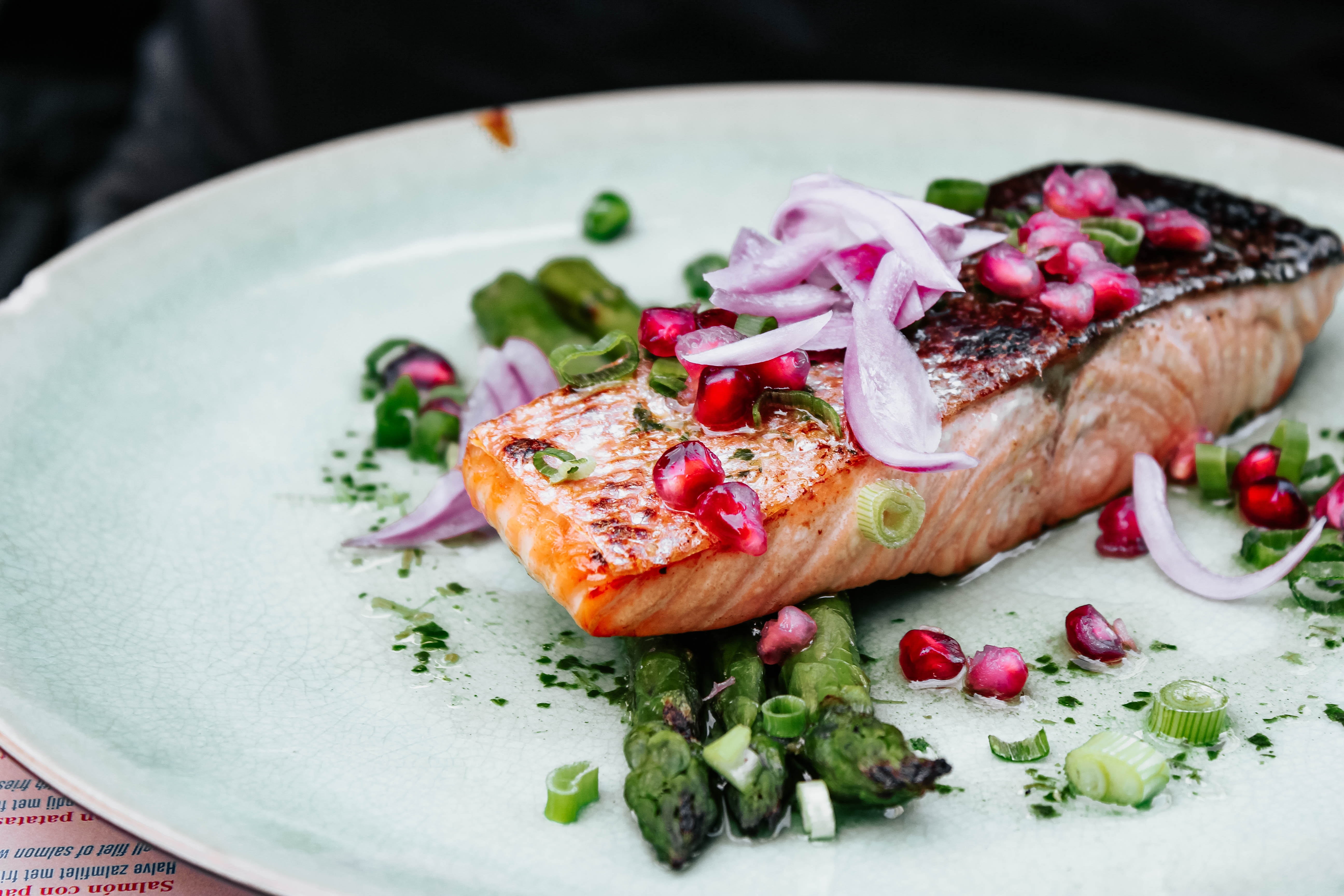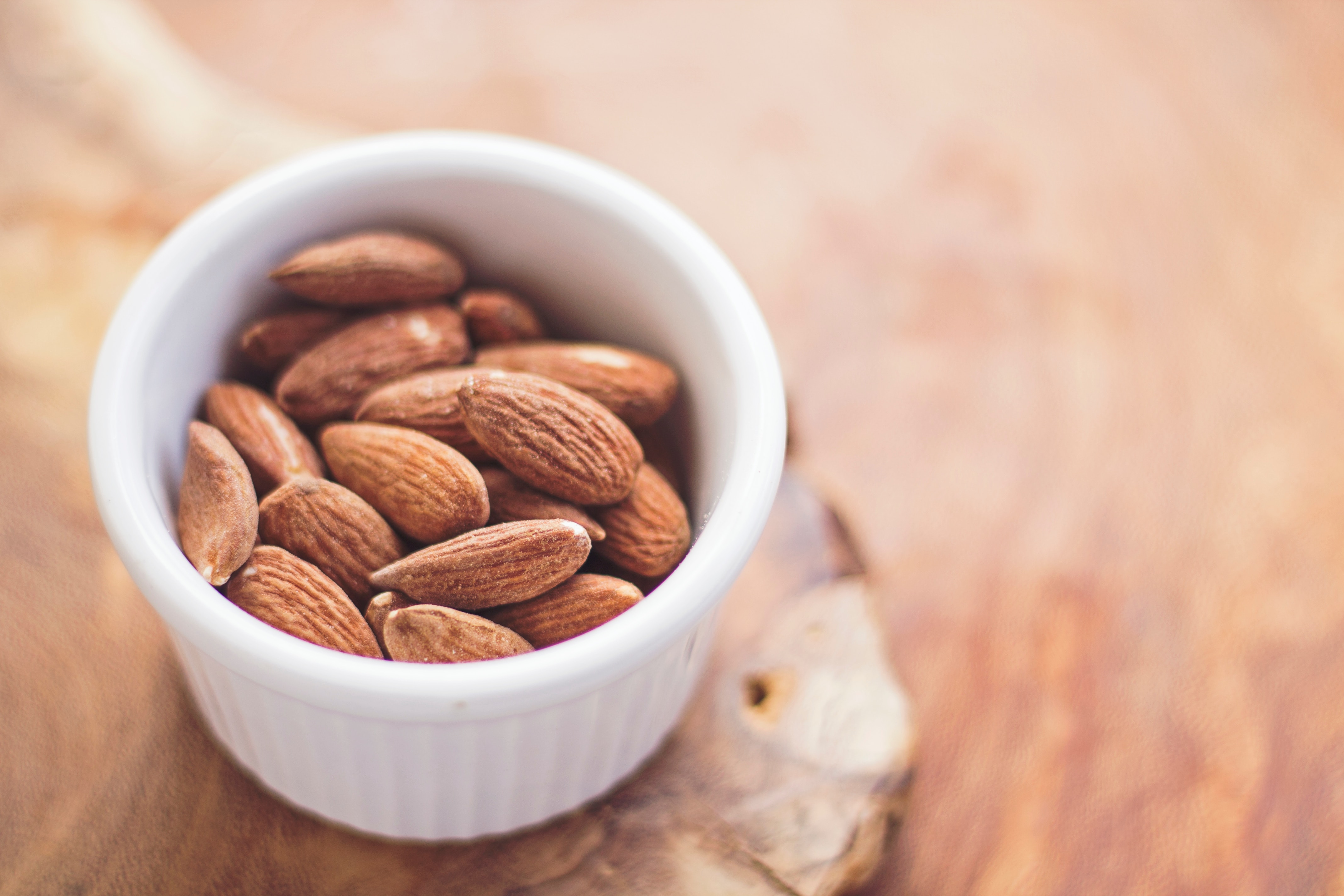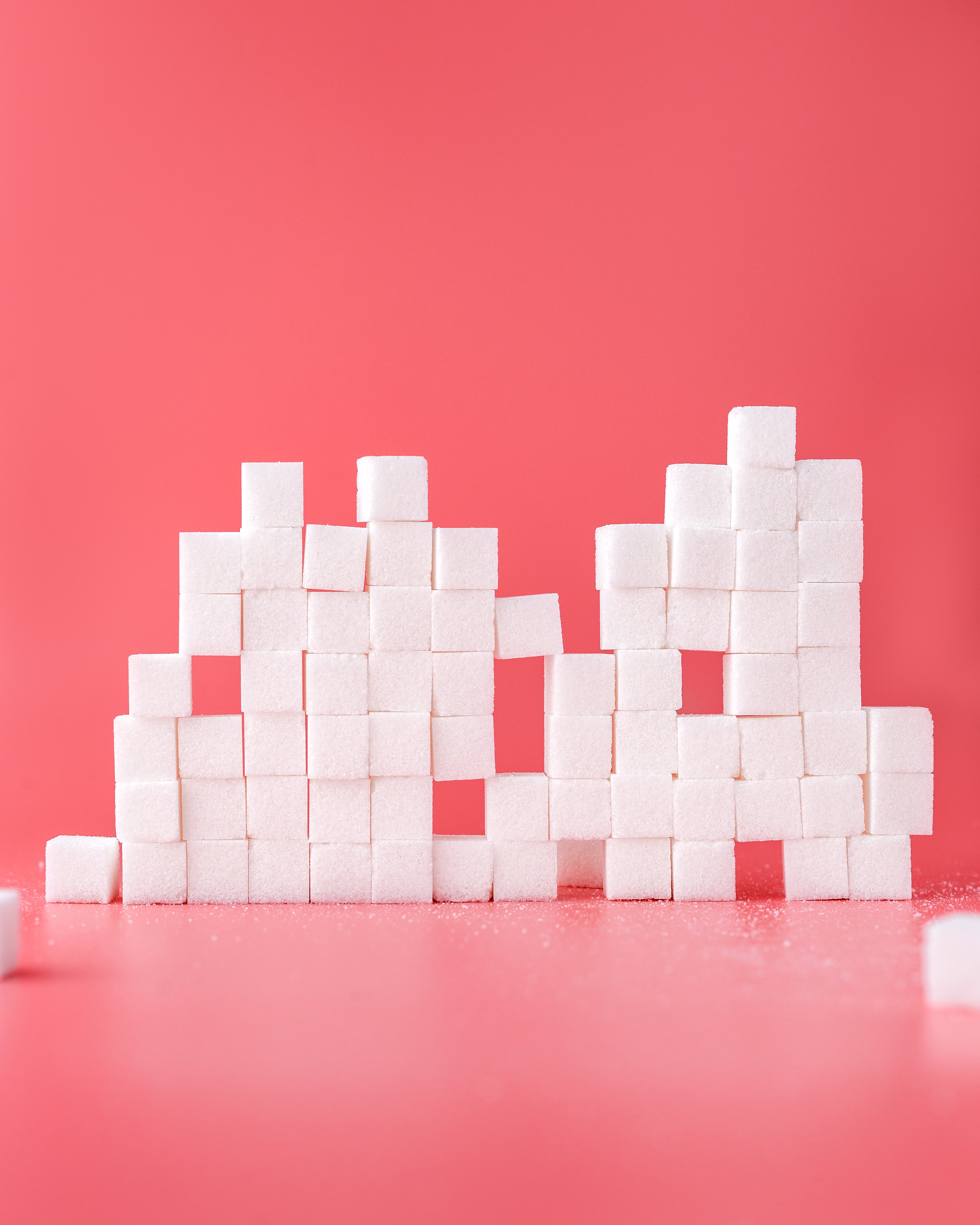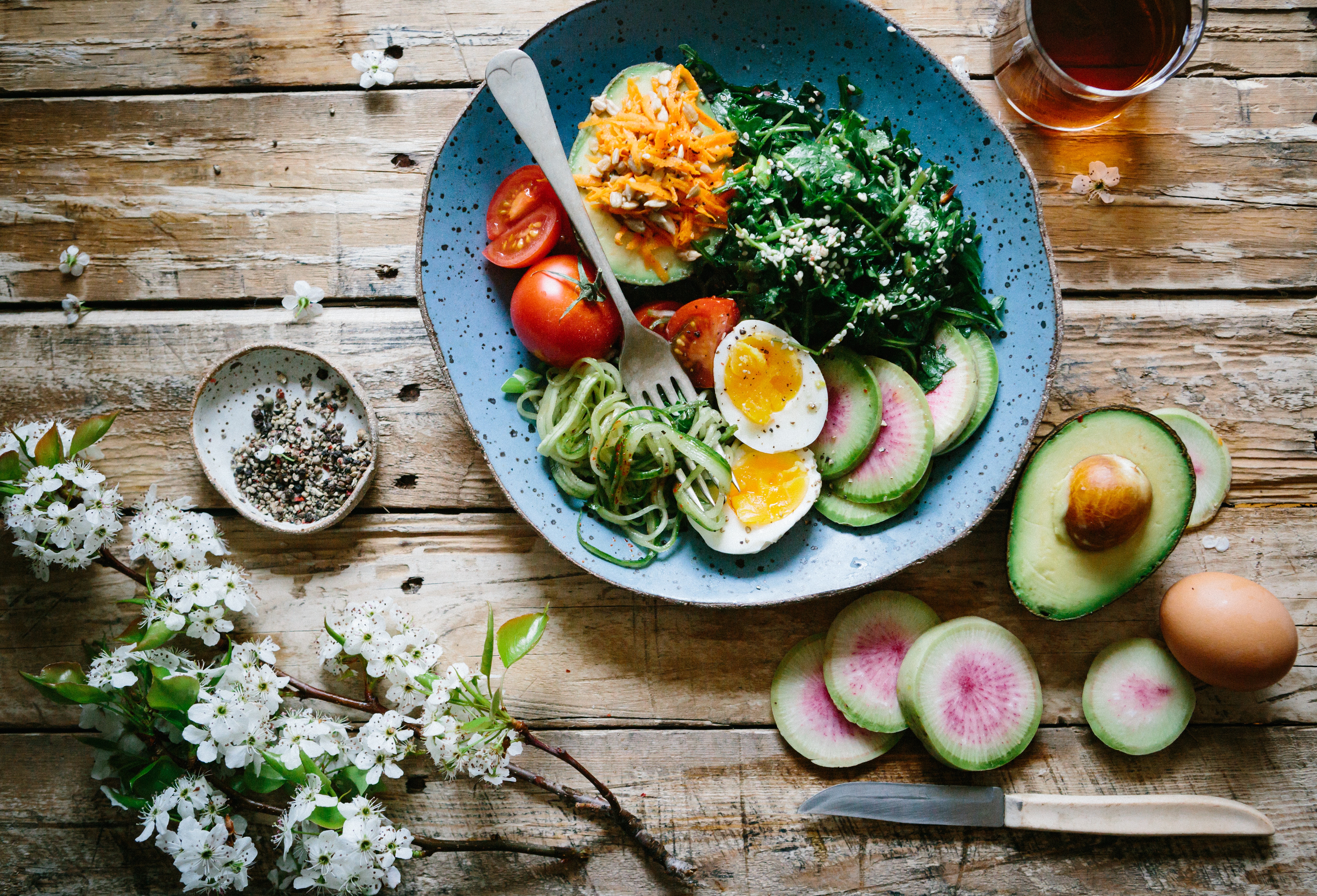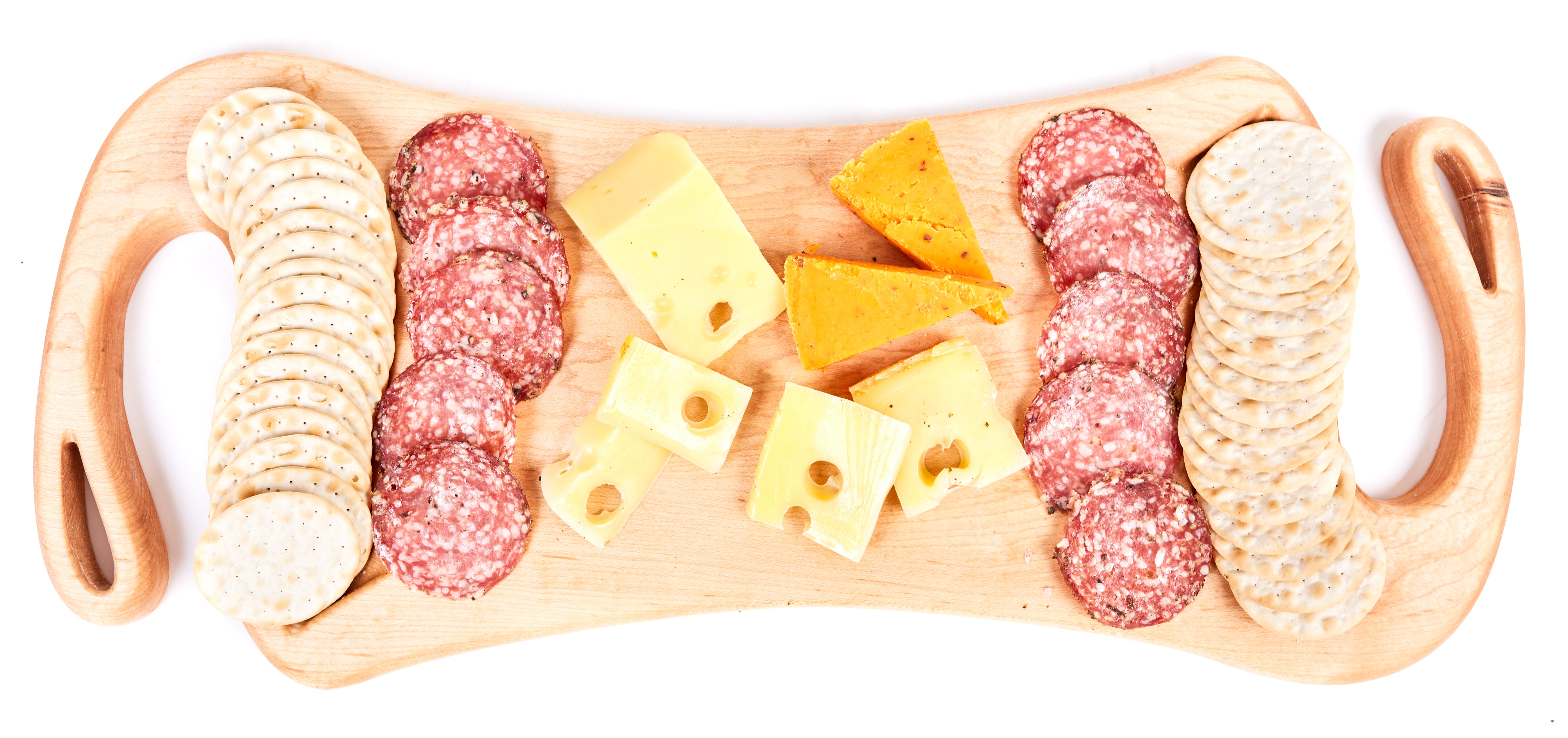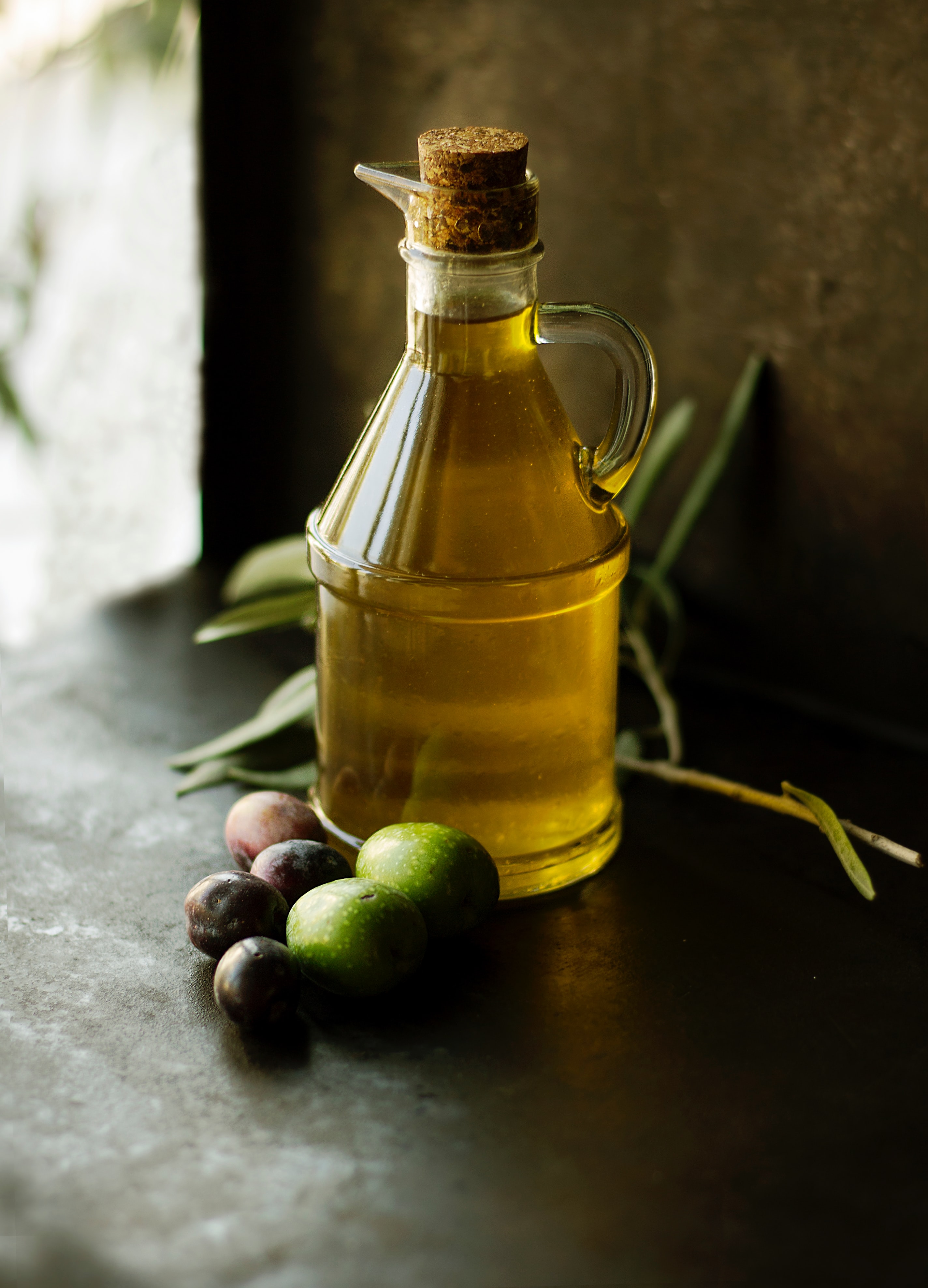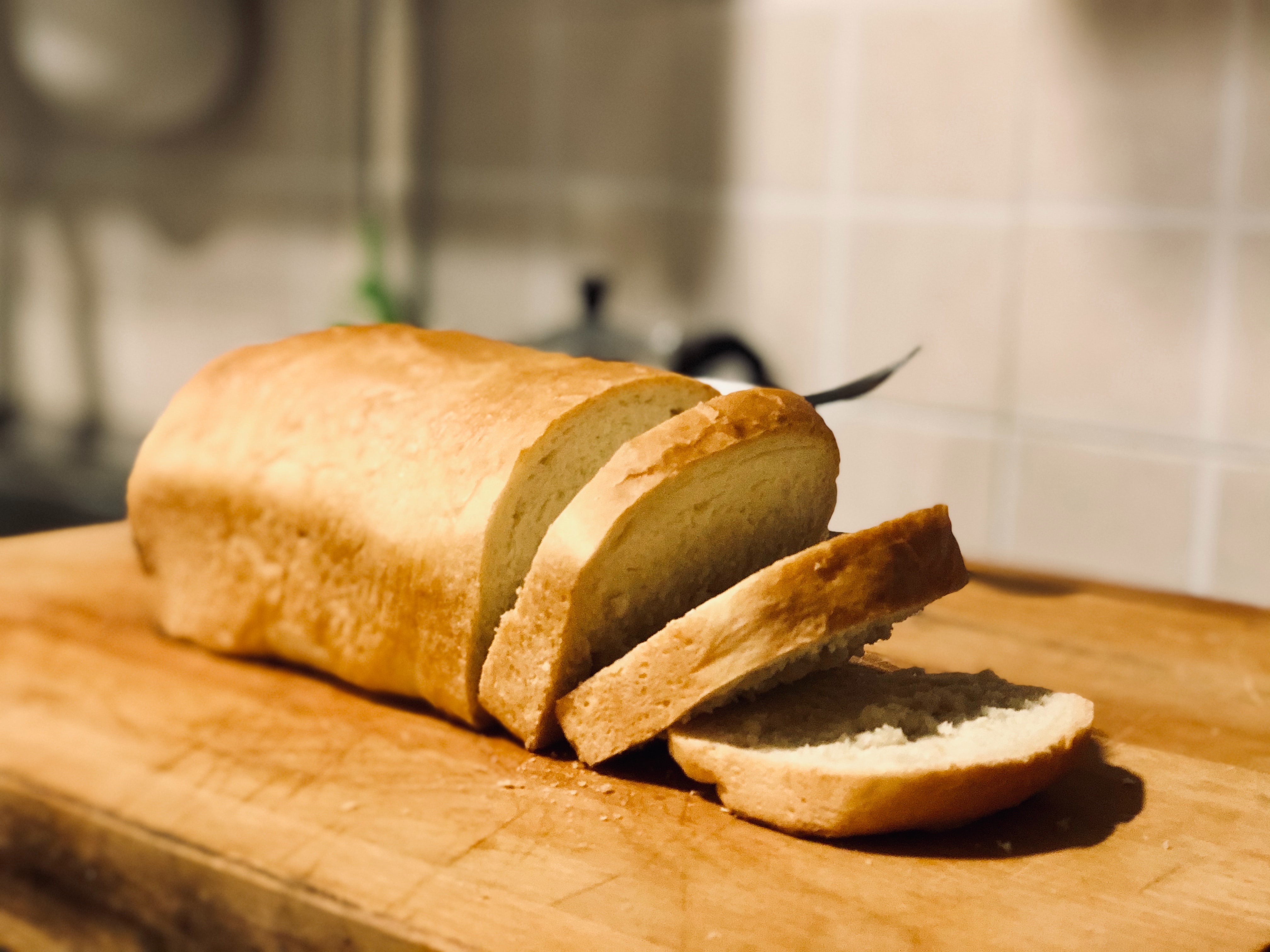Foods for Healthy Skin
There are so many things that can go wrong with the skin: dryness, redness, blemishes, etc.
Healthy skin is a reflection of internal health. There are many creams and cosmetics to put on top of your skin. But, there are also lots of things you can do to nurture and nourish your skin to better health from the inside.
How better to do this than with food?
Your skin needs many nutrients: water, essential fats, vitamins, and amino acids. Here are five foods (and drinks and lifestyle tips) I highly recommend if your goal is healthier-looking skin. As a bonus, I have included a short list of some key foods to consider avoiding.
Let’s dive in.
Skin Food #1 – Water
No doubt hydration is key for healthy-looking skin! Water and other hydrating fluids are great to help your skin stay moist and supple.
And for a bit of an extra anti-inflammatory hydrating boost, try boosting your water with anti-inflammatory green tea (sugar-free if possible).
Skin Food #2 – Oily Fish
Oily fish such as salmon contains many nutrients important for skin health – omega-3s, and vitamins A and D to name a few.
Omega-3s are anti-inflammatory to help cool the flames of inflammation. Vitamin A can help with blemishes and dryness, while vitamin D helps with skin tone.
Skin Food #3 – Bell peppers, citrus, and broccoli
Collagen is one of the most abundant proteins in our body. It’s also known to help our skin stay firm and supple.
Vitamin C is necessary for your body to make collagen. So foods rich in vitamin C are great for your skin. Cue: bell peppers, citrus, and broccoli.
FUN FACT: Overcooking vitamin C-rich foods can destroy some of the skin-supporting vitamins. So, try having these lightly steamed or raw for maximum vitamin C levels.
Skin Food #4 – Bone broth
Homemade bone broth contains a lot of the amino acid glycine. Glycine is another essential component of the skin protein collagen.
Glycine helps speed the healing of the skin and the gut. Win-win.
Skin “Food” #5 – Sleep more & stress less
I know these aren’t exactly foods, but they’re an important part of naturally great skin. When we don’t sleep enough, or stress too much our body flips on systems that affect our whole body… including our skin.
Stress hormones can increase inflammation and lead to not-so-healthy looking skin. Prioritize sleep and stress management, and you can see results in your life, and in your skin.
To learn more about foods for healthy skin, contact Kate for a free 15 minute call.
Watch out for these foods
Some foods are allergenic or inflammatory. These can cause all sorts of issues in your body, including affecting your skin.
It’s hard to come up with one list of inflammatory or allergenic foods for everyone. Each person is biochemically unique, so you may have to go through this and see what applies to you. There are a few common allergens that may be a good bet to eliminate from your diet.
The first is processed foods. These are pretty much not-so-good for everyone. And they can affect your health in so many ways, including how your skin looks & feels. Try ditching pre-packaged and fast foods in favour of whole foods as much as possible. Not just for your skin, for your whole body (and mind).
The second is gluten. While only a small number of people have serious reactions to gluten (i.e., coeliac disease), many more people are intolerant to it. Gluten is a protein found in wheat, barley, rye and a few other grains. Many people have had several health concerns, including skin issues, clear up after eliminating gluten from their diets.
Third in line is dairy. It could be a hormonal response or even an insulin response. We don’t quite know why, but many people who cut out dairy report better skin.
Conclusion
Skin health is not just about what you put on your skin, but what your skin gets from the inside too. There are lots of important nutrients and foods to help support healthy skin. Which also means, that there are lots of foods that can affect your skin in negative ways as well.
Hydrating, eating nutrient dense whole foods, and avoiding common allergenic and inflammatory foods might make all the difference for you.
Do you have an awesome recipe or tips for people to eat more of these “skin-healthifying” foods? Let me know in the comments below.
Recipe (Omega-3 vitamin C rich): Not Your Typical Salmon Salad
Serves 2
Ingredients
4 cups baby spinach (or mixed greens)
1
bell pepper, chopped
1 cup cherry tomatoes
½ large cucumber,
chopped
8 oz
smoked salmon, or 1 can salmon, roughly chopped
Drizzle of your
favourite (gluten-free, dairy-free) dressing
Instructions
Place 2 cups of greens into each of 2 bowls.
Top with veggies and salmon.
Drizzle with dressing.
Serve & enjoy!
Tip: Serve with a large mug of green tea for an extra skin-supporting bonus.
References:
Photo by micheile dot com on Unsplash
